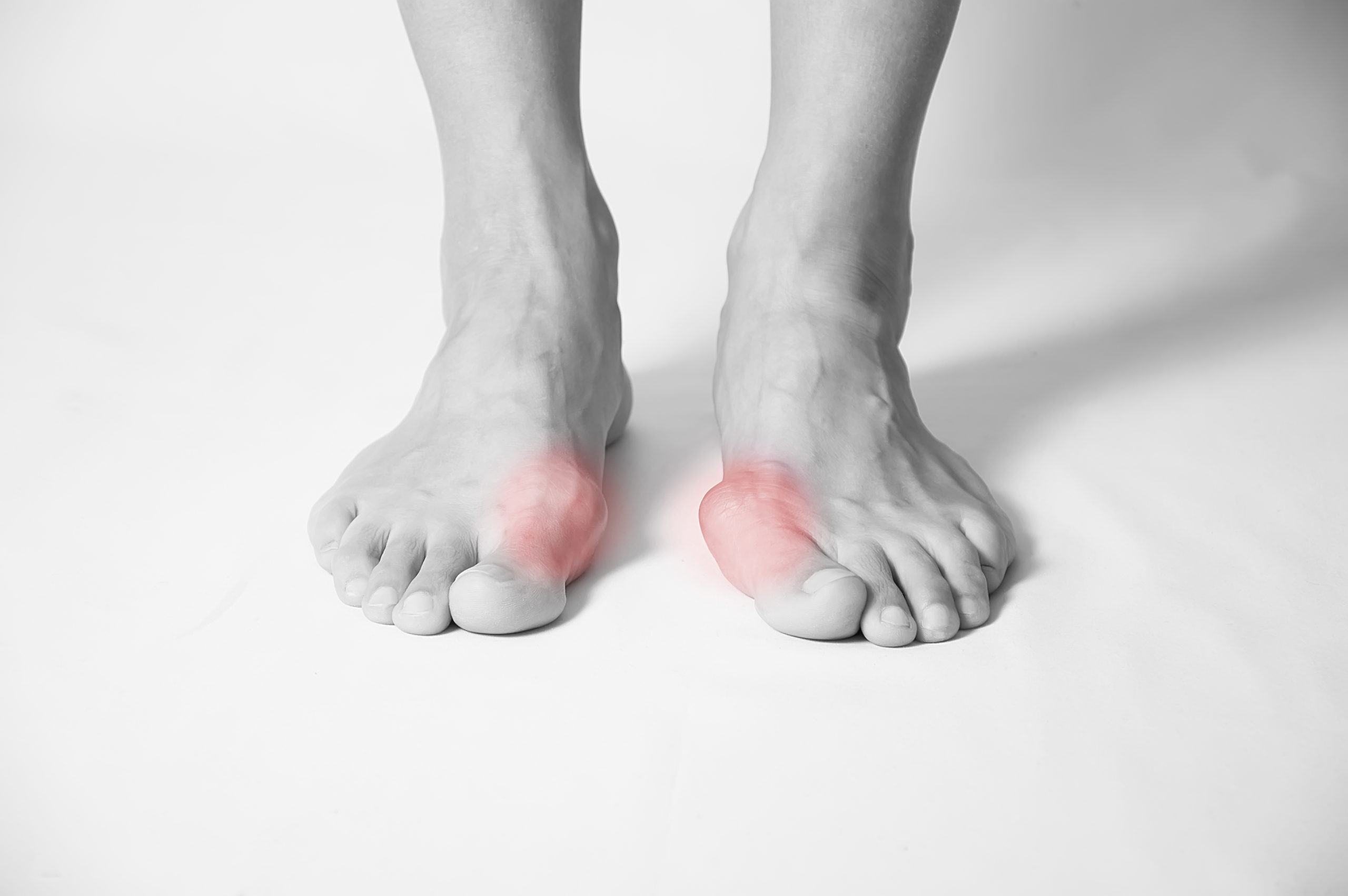How can it be prevented?
If you play a sport with high risk for turf toe, there are steps you can take in order to reduce your risk; however, none of these can guarantee that you won’t develop turf toe at some point.
- Shoes — Wear shoes or cleats that offer superior support in order to prevent the toe from excessive flexion and force during the pushing-off phase of the step. The podiatrists at Kansas City Foot Specialists can offer suggestions on shoes for your sport, and may suggest custom orthotics.
- Physical therapy — Gait (walking) abnormalities may contribute to turf toe and other sports-related injuries. Your podiatrist may suggest physical therapy to correct gait abnormalities and to learn better training routines to help you avoid injury.
- Weight — If you are carrying extra weight, you are multiplying that force and pressure on the big toe. By controlling your weight, and making sure your weight and height are in healthy proportion, you can control some of the force placed on your feet and large toes.
What are the symptoms?
Turf toe typically isn’t enough to immediately stop an athlete from continuing or finishing a game, but the injury often results in sudden pain with tenderness and swelling over the joint of the large toe. Continuing to engage in sports and related activities may cause the injury to become worse, increasing the healing time, and possibly leading to further complications. Turf toe injuries may involve the ligaments, joint surfaces, nerves, or bones of the large toe. Typically a physical exam and history will be enough for your podiatrist to determine if you have turf toe or not, but occasionally x-rays and other diagnostic tests will be performed.
Treatment
Treatment of turf toe will depend on the severity of the injury, but starts conservatively with rest, anti-inflammatory medications, ice, and immobilization. As you are able to tolerate more activity, you may be fitted for orthotics to wear during athletic activity. Your podiatrist may also suggest taping or bandaging techniques to limit the range of motion of your large toe. If these measures fail to provide relief over a few days time, you may have to extend the duration of recovery and treatment. If, after four to six weeks, you still are having pain and difficulties, your podiatrist may take more drastic measures. In the worst-case scenario, turf toe may require surgery to realign the joint, ligaments, and cartilage of the large toe.
It is important to note that the number-one reason for prolonged pain and complications is non-compliance with treatment. Athletes typically don’t like to take time off from their sports unless absolutely necessary. By returning to training too soon, you not only risk a longer recovery and treatment period, but also increased damage. Left untreated or undertreated, turf toe can require surgery, which will severely limit activities and game play.
If you suspect that you are suffering from turf toe, make an appointment with the experts at Kansas City Foot Specialists by calling 913-338-4440. We’ll help you get and stay game ready!


